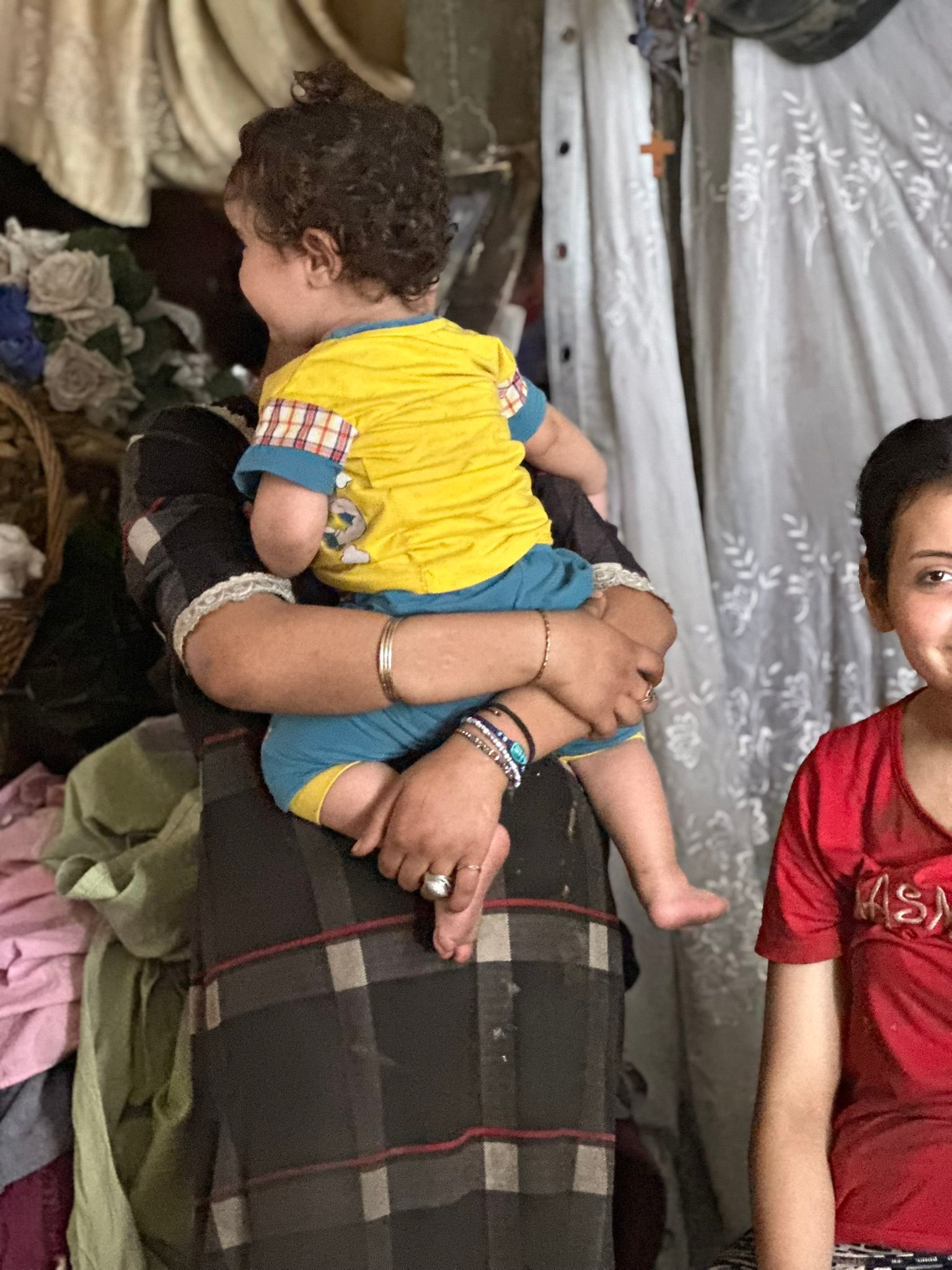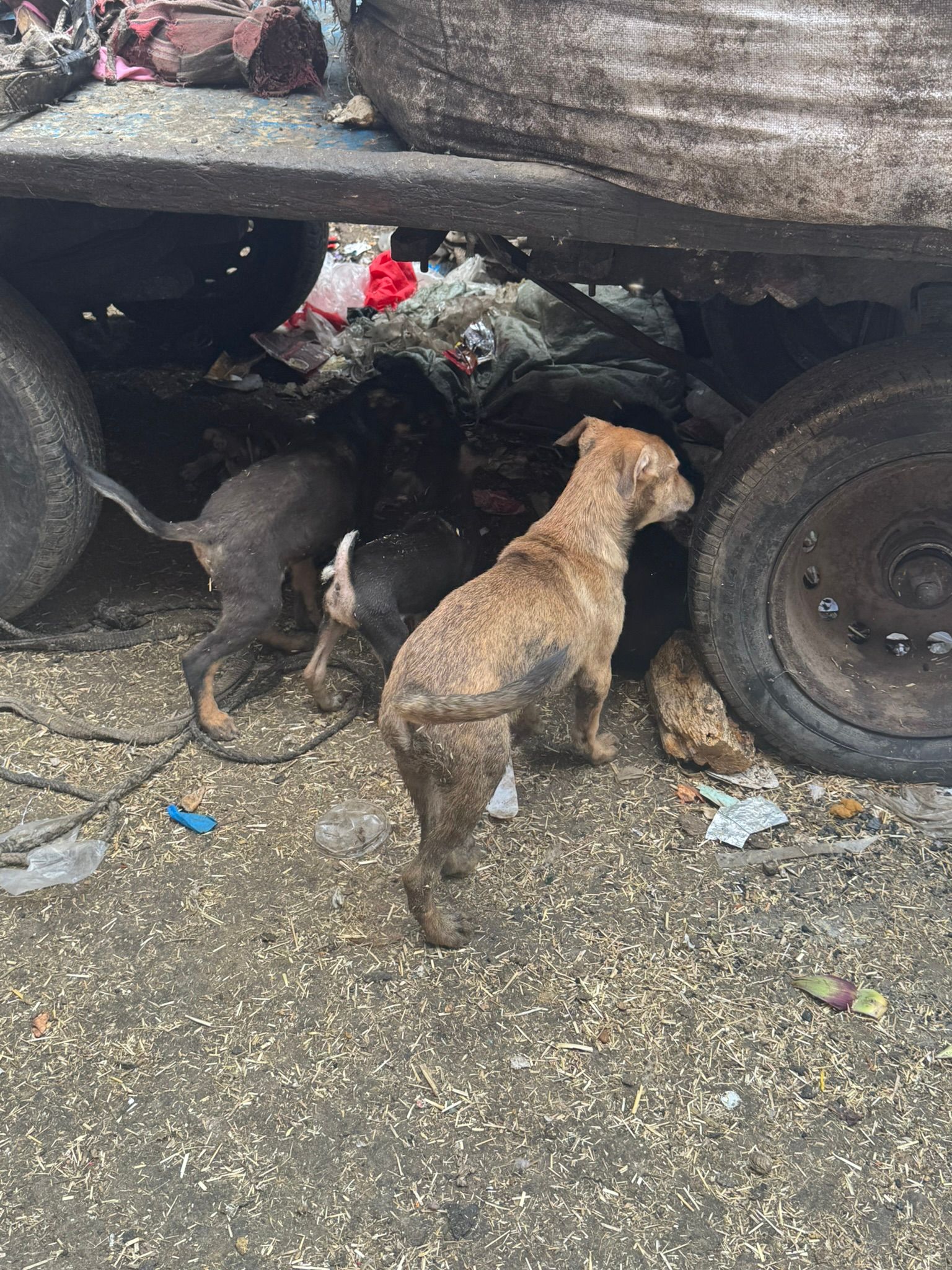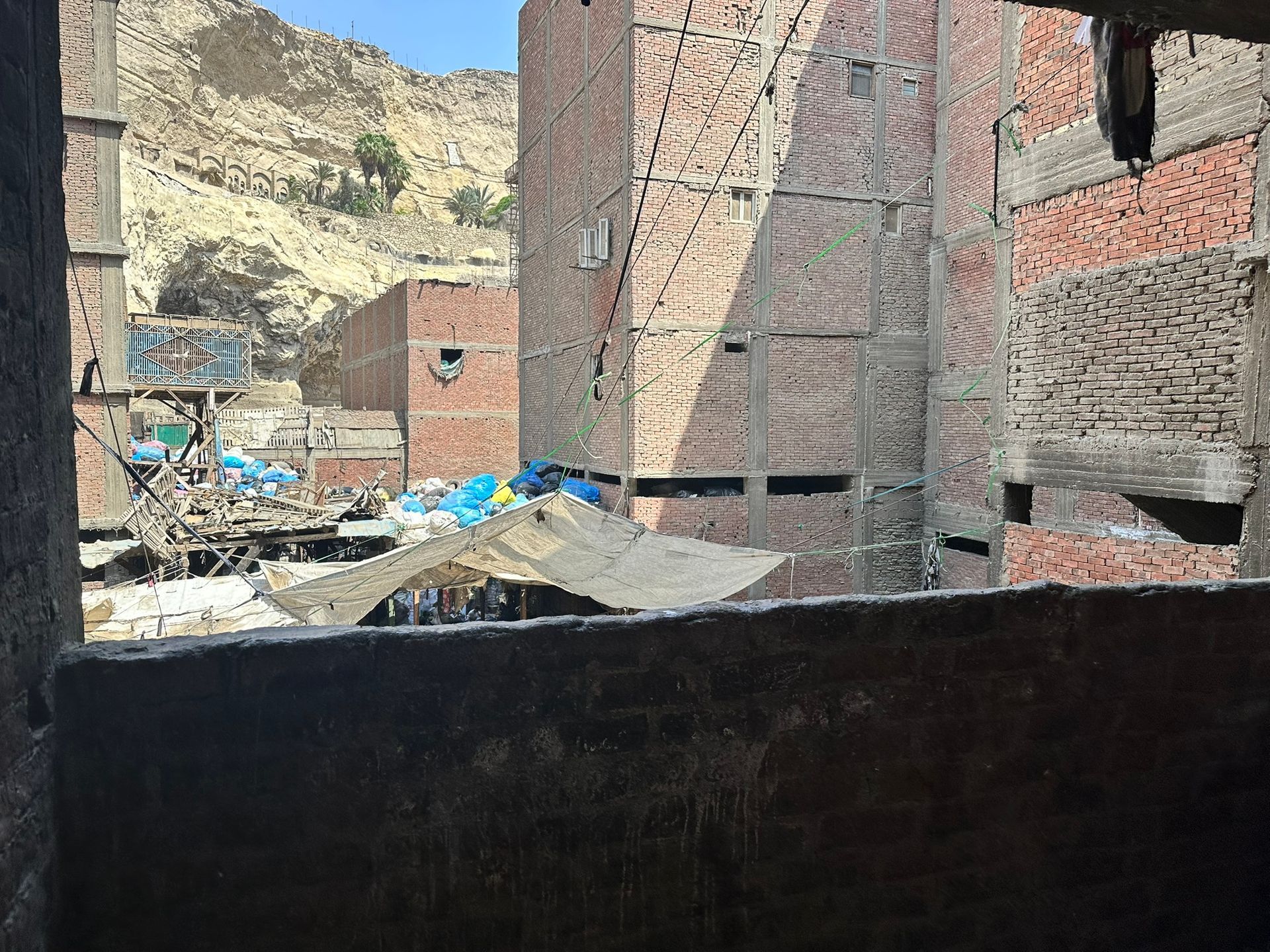Garbage City
a history of suffering
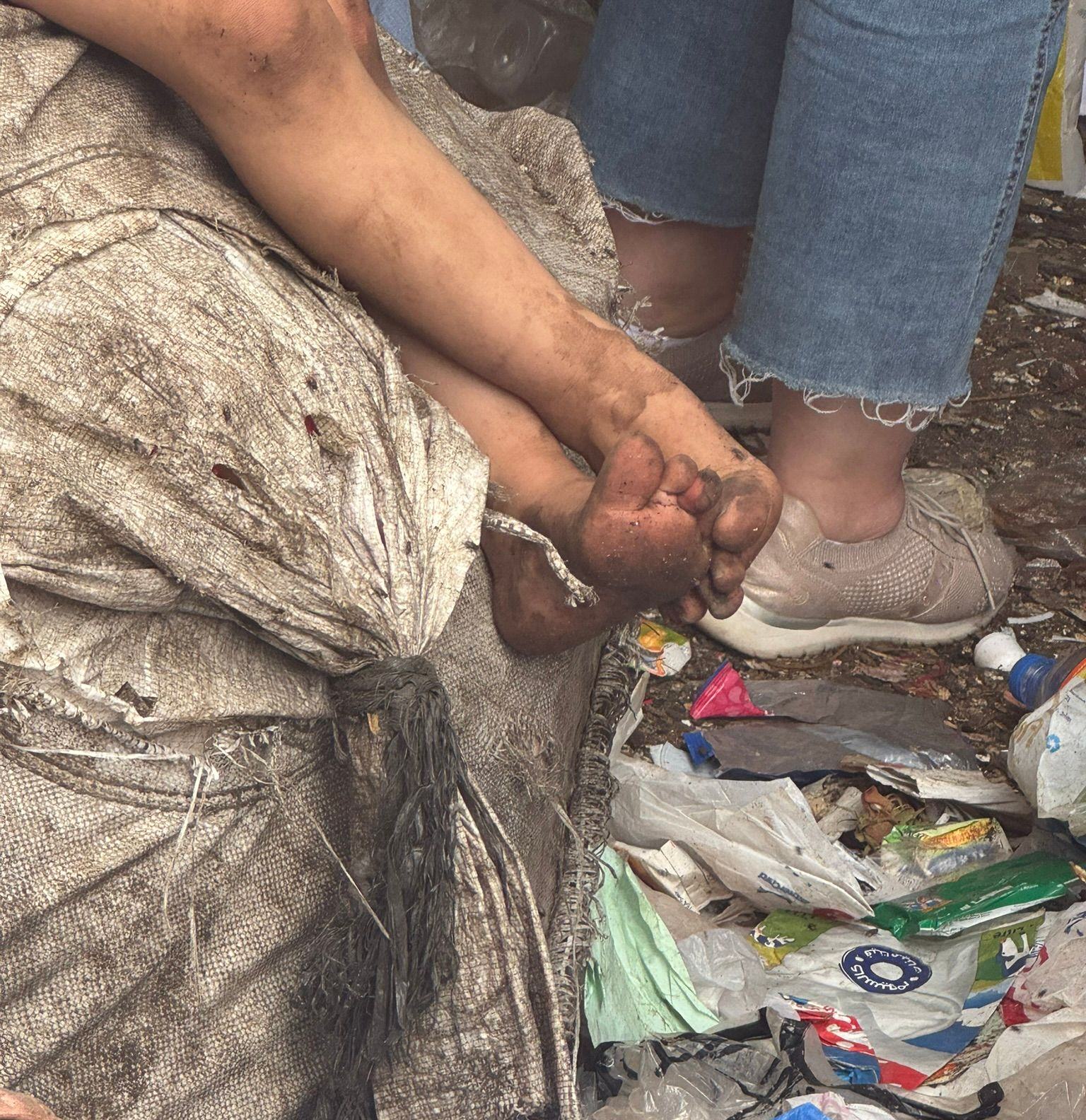
Garbage City and slum communities
It all began in Manshiyat Nasser, a slum settlement of 60,000 pressed against the Moqattam Hills within Cairo’s metropolitan area. Manshiyat Nasser is popularly known as Garbage City home of the Zabbaleen. Zabbaleen means garbage people in Arabic. The Zabbaleen are Egyptian (Coptic) Christians. Copts often face discrimination and violence, including attacks on churches and homes.
The Zabbaleen had been landless peasant farmers who migrated to Cairo in the 1930s and 1940s for survival. They began collecting trash and sorting out organic waste as fodder for their pigs. In 1970 the Giza governor evicted them with 4 days’ notice. They were forced to settle in an abandoned quarry at the foot of the Mokattam hills east of Cairo. Initially their dwellings were made from the garbage they collected, tin huts made mostly from cooking oil cans found among the waste.
This is the world Mama Maggie entered in 1989 when she started Stephen’s Children. When confronted with extreme poverty we have a choice to make, “We don’t choose where or when to be born. We don’t choose where or when to die. But we can choose either to help others or turn away. We can choose to do nothing or be a hero. If you want to be a hero, do what God wants you to do.” Mama Maggie would never call herself a hero. But through faith she moved forward.


Leaving Garbage City
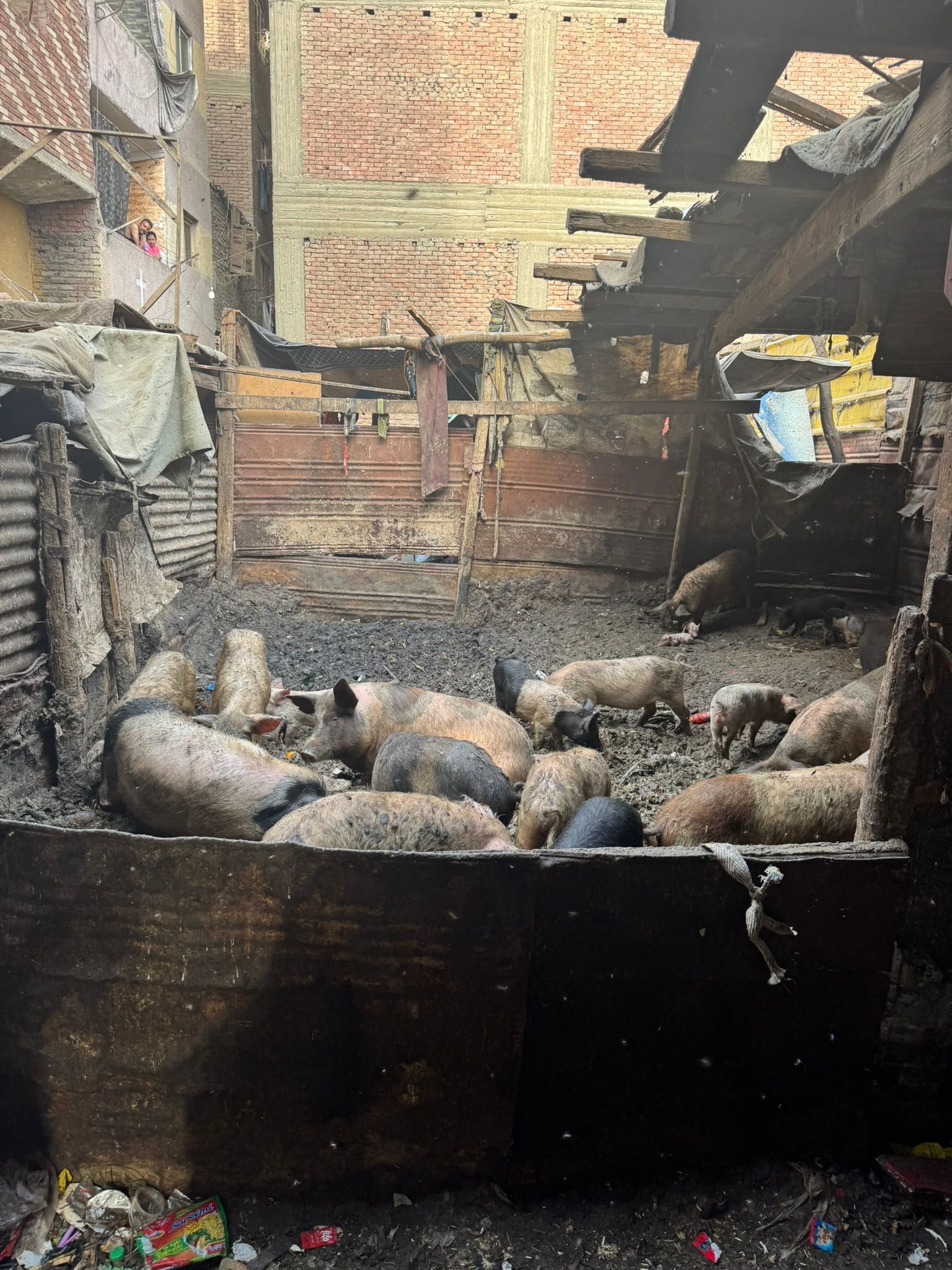

Challenges faced by children, women, and families:
Egypt is home to over 1,000 slum, squatter, and garbage communities, housing 8 million people and 3 million street children.
The living conditions in Cairo’s slums are frequently dire. Many residents occupy overcrowded, makeshift shelters crafted from cardboard, plastic, and other repurposed materials. These structures are susceptible to flooding during the rainy season and lack essential amenities such as electricity, running water, and sanitation facilities.
Overcrowding represents a major challenge in Cairo’s slums, with numerous families crammed into single-room dwellings, often accommodating as many as ten individuals in one small space. This congestion not only heightens health risks but also limits access to educational and job opportunities.
The absence of proper sanitation facilities in Cairo’s slums presents a severe health threat. Many residents rely on communal latrines or resort to open defecation, facilitating the transmission of diseases like cholera and dysentery. Additionally, the scarcity of running water hampers hygiene efforts, further exacerbating poor health conditions.
While immediate necessities such as shelter, food, and clothing are critical for many, Stephen’s Children emphasizes empowerment. Our mission is to disrupt the cycle of poverty through Christ-centered education, conveying the love Jesus has for everyone and the hope we find in Him. We firmly believe that education is the cornerstone of breaking the poverty cycle.
Education is mandated for children between the ages of 4 and 14. However, public spending on education, as a share of total expenditures, has plummeted from 16% in 2001/2002 to just 7.7% in 2023/2024. Concurrently, the school-age population surged by 32%, adding over 3 million children to the system. In Cairo, public schools operate on a two-shift schedule, with students assigned to either morning or afternoon classes. A significant number of children in Cairo’s slums are unable to attend school, either due to financial difficulties or the inaccessibility of local educational establishments. For those fortunate enough to attend, the quality of education is often lacking, as teachers face underpayment and overwhelming workloads.
Many of the issues facing slum communities stem from their impoverished living conditions. Physical and sexual abuse are rampant as 7 to 10 family members share a single room. Malnutrition persists as the typical diet consists of food scraps, moldy bread, and carbohydrate-heavy meals. Most children grow up in homes where they feel unheard, undervalued, and unloved. Although they may sleep at home, they often spend their days on the streets. Living spaces are typically single rooms with blankets used as beds. Electricity is uncommon, but slightly more prevalent than indoor plumbing.
